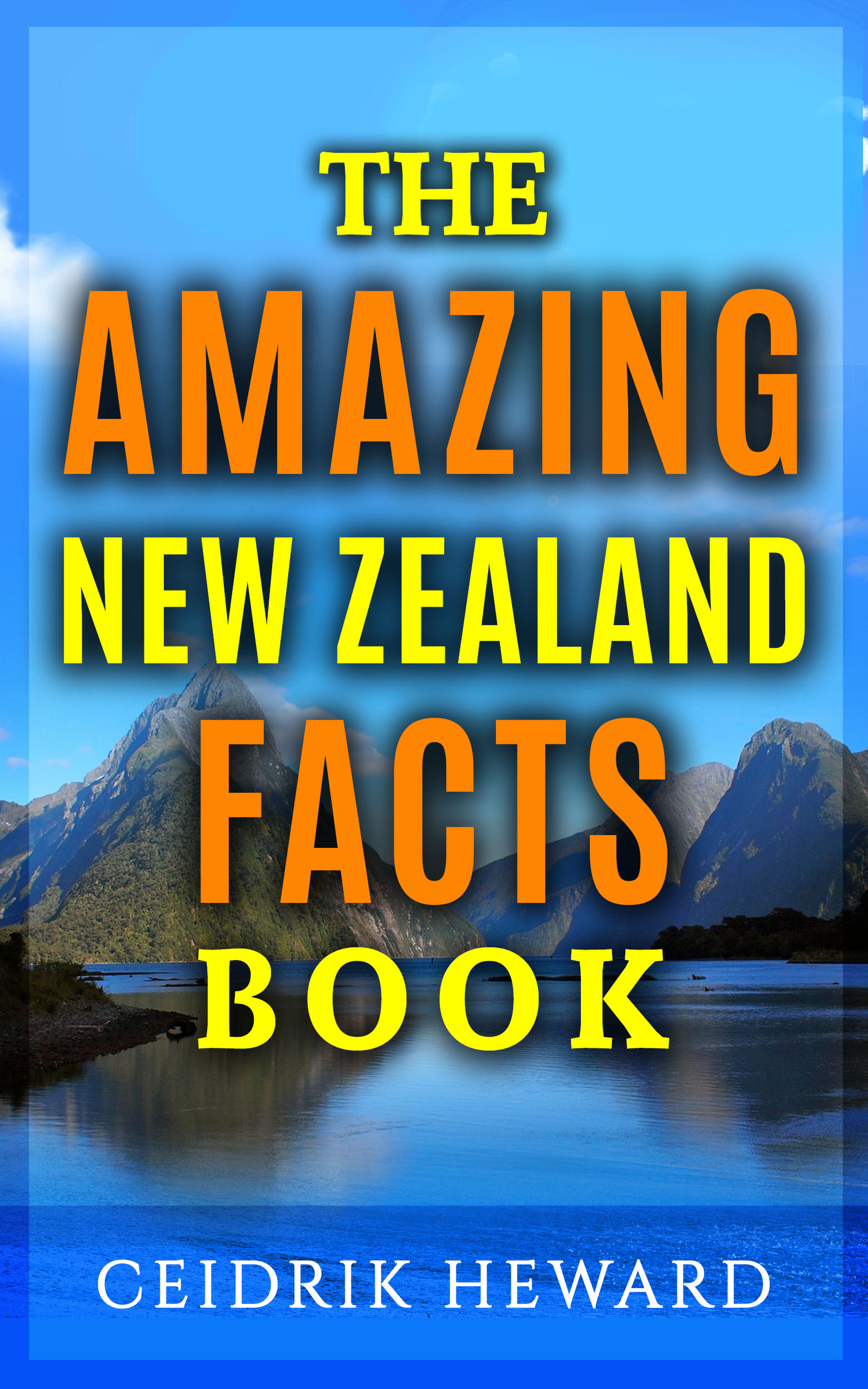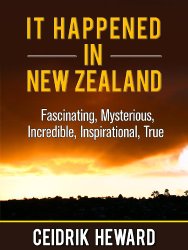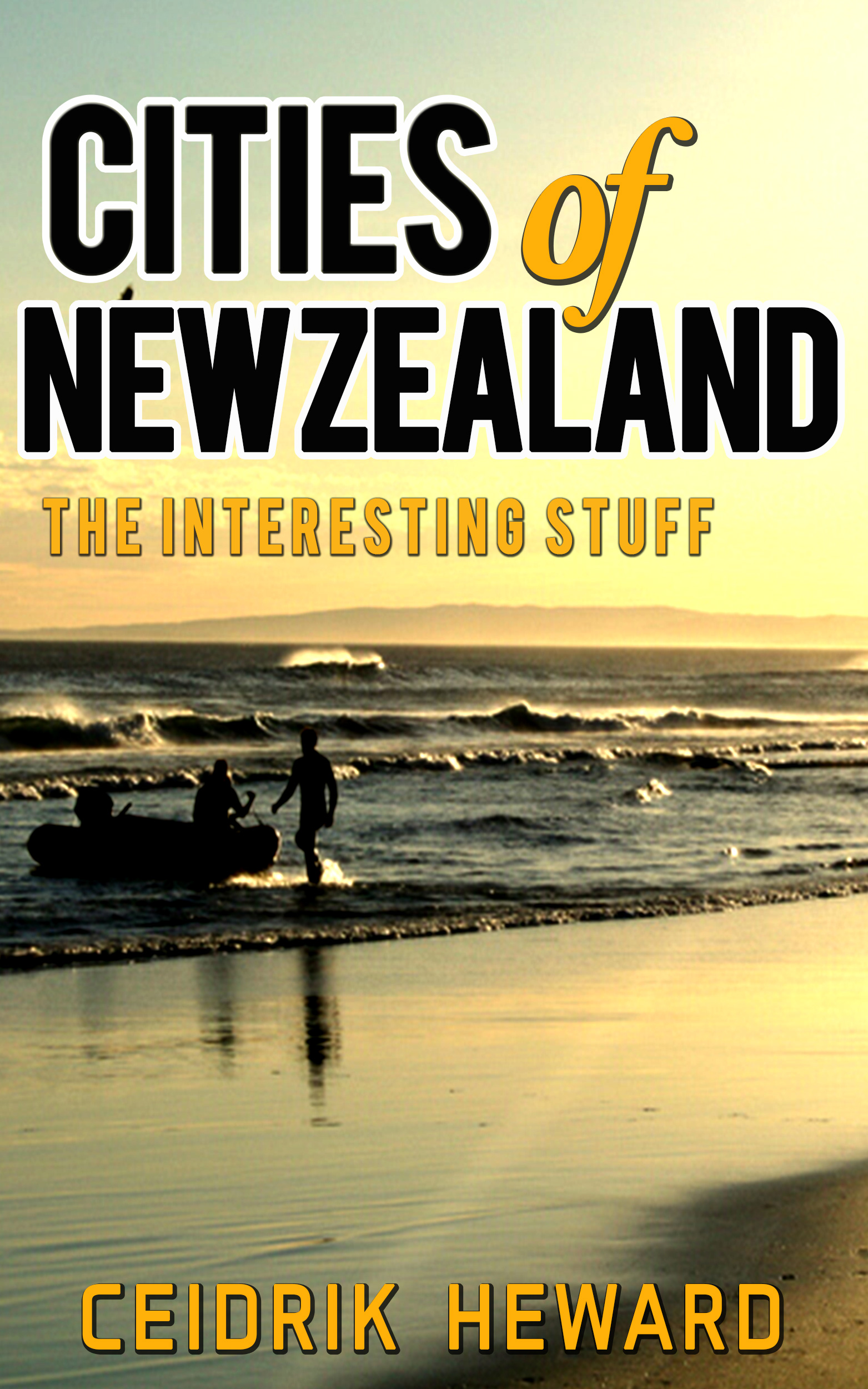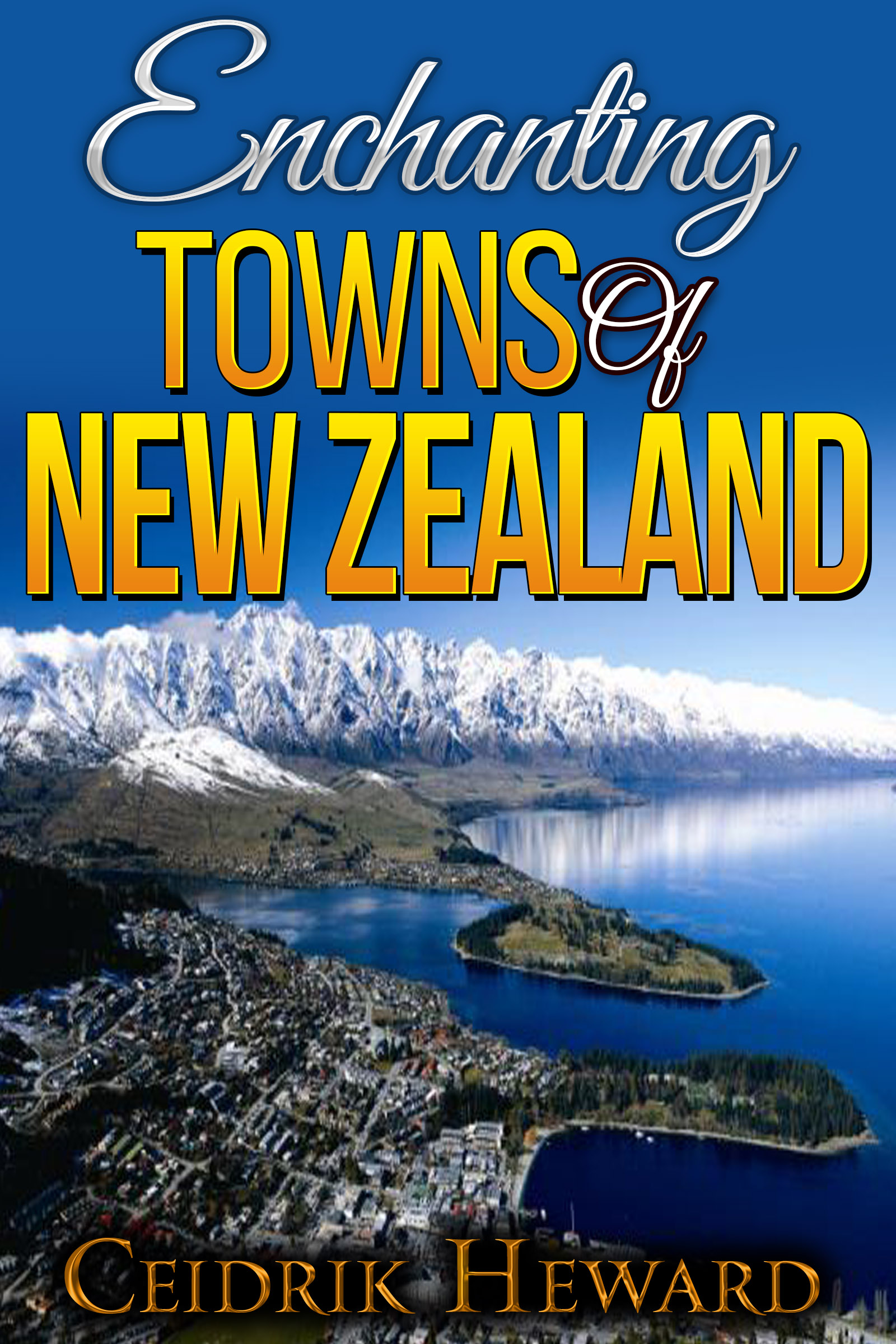France’s true intentions for the South Island are not clearly understood, but French interest speeded up Britain’s decision to annex New Zealand.
In 1838 Jean François Langlois, commander of the whaling ship Cachalot, came up with the idea of establishing a French colony at the whaling base of Akaroa. After purchasing some land with a somewhat dodgy deal with local Māori he returned to France in 1839 and set up the Nanto-Bordelaise Company to carry out the project.
After King Louis-Philippe agreed to provide assistance, Captain Charles François Lavaud was made the representative for the settlement in New Zealand. In March 1840, two old naval ships donated by the French government, the Comte de Paris and Aube, set sail for Akaroa carrying 63 emigrants.
Meanwhile, the British government had bowed to pressure to colonise the country and sent out William Hobson who signed the Treaty of Waitangi on 6 February 1840, and claimed sovereignty over the South Island on 21 May.
When Lavaud reached the Bay of Islands on the 11th July 1840, he learned that New Zealand had already become British. Undeterred, the two French ships continued onto their destination, sailing into Akaroa Harbour on the 18th August where the Union Jack fluttered from a pole above the beach. The French at first called their settlement Port Louis-Philippe in honour of their king but they soon accepted the name the settlement had been given by the European whalers who had set up shop there in the 1830s.
Although the British representatives were friendly towards the French settlers, the HMS Britomart was dispatched to observe their activity in Akaroa. The French captain accepted that France could not create a colony without causing conflict with the British with their naval presence in the area and decided not to push for more French arrivals.
FRENCH LIFE IN NEW ZEALAND
The French colonists flourished briefly, enjoying trade with the whaling ships. In 1843 they numbered 69, including 8 Germans, intermingling with 86 British as well as Māori. At first life was tough, but when they were able to replace the original tents with houses, and began to grow fruit and vegetables, life became more relaxed. The French navy arrived and built roads, bridges and wharves, and French priests taught the children. Shops, hotels, bakeries, and cafés opened. The British government eventually granted the settlers official ownership of the land they had developed in and around Akaroa. Until 1845 Lavaud and his successor administered French law within the settlement.
By the mid-1840s there was a decline in whaling, and the French navy departed in 1846. Although left to their own resources in a British controlled country, most French settlers stayed and became naturalised, but numbers were always small. At its peak there were no more than 300 living there. Today, some architecture, the cemetery, and names such as Rue Balguerie and Rue Benoit, French Farm and Duvauchelle, along with thousands of descendants, are testament to the original colonists. In fact, the town of Akaroa uses its French heritage as a point of difference. It is even on the cruise ship circuit. ‘The wheat seems better than in France. All the vegetables are growing well. It is truly regrettable that we arrived here after the British.’ Akaroa’s French Governor lamented in a report to his government.
LINK TO NAPOLEON
Francois Lelievre was one of the first French settlers to arrive in Akaroa. It is a little know piece of New Zealand history that he brought with him weeping willow cuttings he had taken from Napoleon’s grave at St Helena. He planted them on what became L’Aube Hill. A small burial ground was soon created on this hill. After it was consecrated by Bishop Pompallier, it became an official French cemetery. The weeping willows planted by Francois quickly became beautiful trees and added shade and softness to the little cemetery. It is claimed to be the oldest cemetery in the South Island.
OTHER FRENCH CONNECTIONS
There were no other French settlements outside Akaroa, but French people are known to have settled in other parts of the country. The eccentric Charles Philippe Hippolyte de Thierry arrived in Hokianga in 1837 and unsuccessfully attempted to found a French colony with himself as sovereign. He was too batty to be taken seriously by any French authority so his idea was dead in the water. In the early 1840s French sailors Emile Borell and Louis Bidois settled in the Bay of Plenty and married Māori women. Many of their descendants still reside in the region. The French connection has been kept alive through the Te Puna Rugby Club. During the 2011 Rugby World Cup French rugby fans were hosted at the club and local marae, and in 2015 club members toured France.
Ceidrik Heward
Ceidrik Heward is an Amazon TOP SELLING AUTHOR and has lived and worked in 7 countries working as a TV cameraman, director and film tutor. For the past 17 years he has focused on writing and has been published in magazines and newspapers in Europe, USA, Asia and the Middle East.
His interests include photography, psychology and metaphysics. He loves to read and always has at least 3 books on the go. He has written 22 manuals/books and has just completed his 4th short novel. Ceidrik believes sharing information and stories is the best way to stimulate the imagination and enrich our lives.


















 Visit Today : 338
Visit Today : 338 Total Visit : 1133515
Total Visit : 1133515
Speak Your Mind